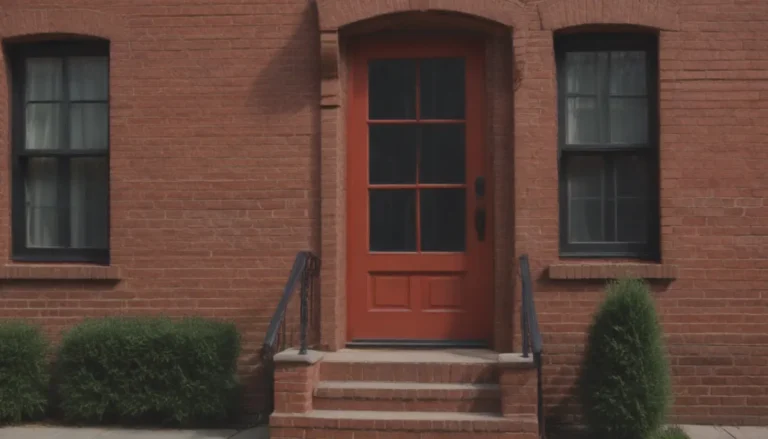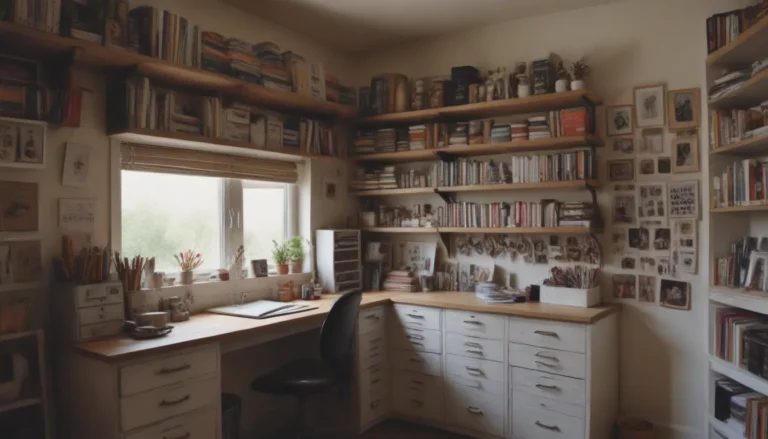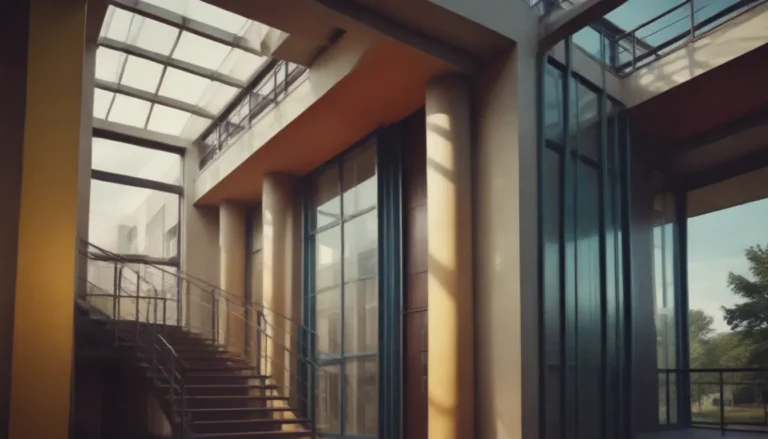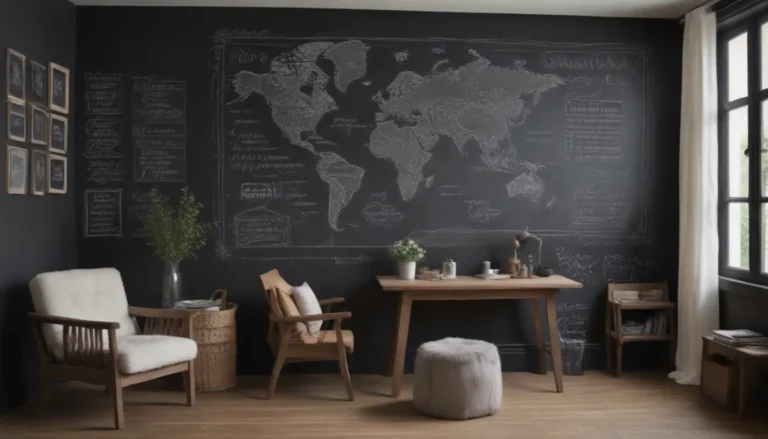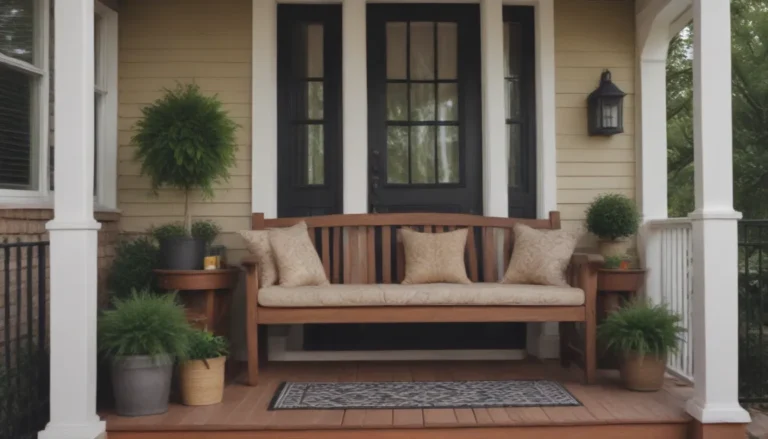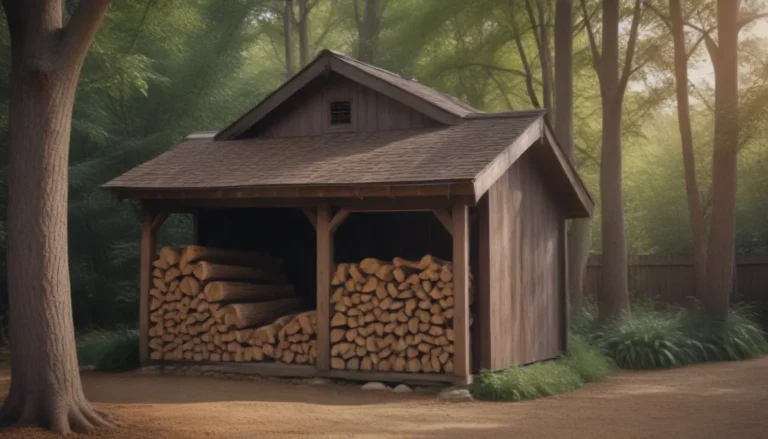Discovering Contemporary Architecture: A Guide to Homes Built for Today’s Lifestyles
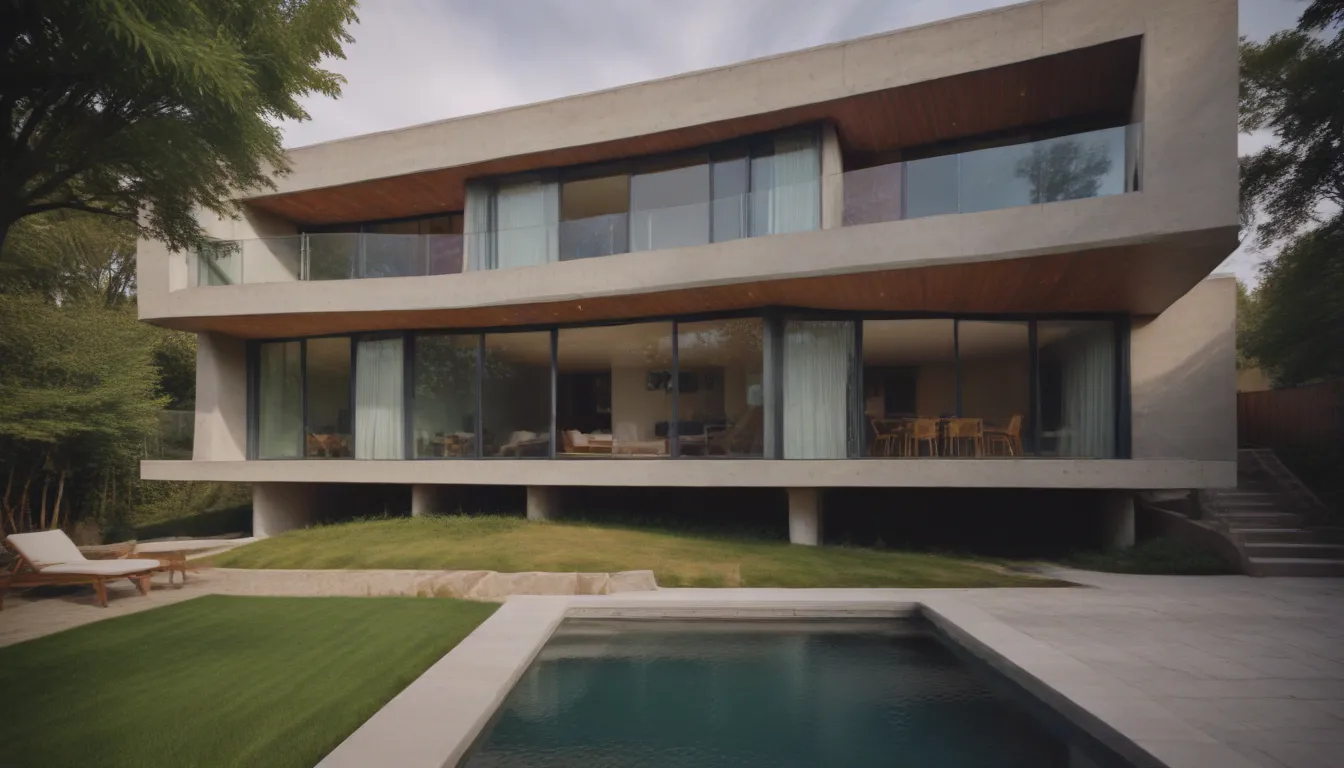
Welcome to a comprehensive exploration of the fascinating world of contemporary architecture. In this article, we will delve into the diverse and innovative designs of modern homes that cater to the lifestyles of today. From sculptural forms to sustainable sanctuaries, we will examine the characteristics and features that make these homes stand out in the architectural landscape.
What is Contemporary Architecture?
Contemporary architecture encompasses a broad category of buildings constructed from the late 20th century to the present day. Unlike traditional styles, contemporary homes do not adhere to a specific design aesthetic, allowing for a multitude of styles and forms to flourish. These homes often push the boundaries of conventional design, incorporating cutting-edge building technologies and sustainable practices to create truly unique living spaces.
Characteristics of Contemporary Homes:
- Fresh takes on familiar forms
- Sustainable and eco-friendly construction
- Bold and unconventional silhouettes
Embracing Innovation in Contemporary Design
1. Use Sculptural Forms
Design by Wood Marsh
Wood Marsh, an Australian architecture firm, created the Towers Road House with an abstract form that challenges standard notions of domesticity. The house features a monumental concrete wall topped with a three-dimensional zinc hemisphere, transforming architectural conventions into sculptural elements.
2. Be Concrete
Design by Peter Zumthor for Living Architecture
The Secular Retreat in South Devon, England, designed by Peter Zumthor, showcases a layered concrete and glass house inspired by the surrounding landscape. With a cantilevered white concrete roof and expansive windows, this house offers a modern sanctuary in a picturesque setting.
3. Go to the Desert
Design by OPA Architects
The Shapeshifter house in Reno, NV, designed by OPA Architects, mirrors the constantly moving environment of the desert. By treating the ground as a fluid material, the house seamlessly integrates with its surroundings, creating a dynamic and ever-changing living space.
Modern vs. Contemporary Design: Understanding the Difference
While modern and contemporary design are often used interchangeably, they have distinct characteristics. Modern architecture refers to the minimalist style of the 20th century, while contemporary architecture encompasses buildings constructed from the late 20th century to the present day, incorporating innovative materials and sustainable practices.
Key Differences:
- Modern design: Minimalist, mid-century inspired
- Contemporary design: Diverse, innovative, sustainable
Sustainable Living in Contemporary Homes
4. Build a Sustainable Sanctuary
Design by Searl Lamaster Howe Architects
The Lawless Retreat in central Michigan, designed by Searl Lamaster Howe Architects, is a spacious weekend home that prioritizes sustainability. Positioned to take advantage of natural shading from surrounding trees and powered by geothermal wells, this home is a model of eco-friendly living.
5. Play with Geometry
Design by Eldridge London
Eldridge London’s award-winning contemporary house features a glazed glass entrance rotunda and a three-lobed geometric form centered on an ancient oak tree. This unconventional design stands in contrast to traditional villas, offering a modern interpretation of residential architecture.
6. Cantilever It
Design by MVRDV and Mole Architects for Living Architecture
The Balancing Barn, designed by MVRDV and Mole Architects, is a striking cantilevered house clad in reflective steel tiles. Located on the edge of a nature reserve in Suffolk, this house challenges traditional barn architecture with its modern design and innovative construction.
Innovative Approaches to Contemporary Living
7. Update the A-Frame
Design by BIG-Bjarke Ingels Group
The Klein A45 is an off-grid sustainable tiny house designed by BIG-Bjarke Ingels Group. Featuring 13-foot ceilings and recyclable materials, this A-frame cabin offers a contemporary take on traditional architectural forms.
8. Embrace Asymmetry
An asymmetrical roof and landscaping can soften the lines of a contemporary house, blending it seamlessly with the outdoor setting. By incorporating unconventional design elements, these homes stand out while harmonizing with their surroundings.
9. Hide in Plain Sight
OPA’s Hidden House project exemplifies the concept of architectural concealment. By wearing a facade mask that abstracts traditional elements, this house surprises and delights with its unconventional interior layout and unique design features.
Blending Tradition with Innovation
10. Respect the Neighbors
Designed by Searl Lamaster Howe Architects, the Eastwood Residence in Epsom Surrey combines contemporary expression with respect for its historic neighborhood. Featuring energy-saving systems and modern amenities, this house seamlessly integrates into its surroundings while showcasing cutting-edge design.
11. Repurpose and Reuse
The Squirrel Park development by Allford Hall Monaghan Morris reimagines sustainability in urban living. Built from modified shipping containers, these homes promote density while offering a contemporary industrial aesthetic that enhances the neighborhood’s character.
12. Choose a Corner Lot
Corner lot houses, like the collaboration between Linda Searl and Joe Valerio, capitalize on unique positioning to create dynamic living spaces. By embracing the energy of street intersections, these homes stand out while providing functional and aesthetically pleasing environments.
Creating Sustainable Communities with Contemporary Design
13. Be Neighborly
Studio Ma’s Hollyhock project in Phoenix, AZ, showcases sustainable living in a community setting. With locally sourced materials and energy-efficient features, these townhouses prioritize environmentally friendly design while fostering a sense of community among residents.
14. Marry Indoors and Out
Searl Lamaster Howe Architect’s house in Wilmette, IL, bridges the gap between indoor and outdoor living. By incorporating a 29-foot wall of south-facing glass, this house blurs the boundaries between interior and exterior spaces, creating a harmonious connection with the surrounding landscape.
15. Use Unconventional Colors
Contemporary houses often feature surprising color accents that highlight their unique design. By incorporating bold and unconventional color schemes, these homes add a pop of personality to their modern aesthetic.
Exploring the Boundaries of Contemporary Architecture
16. Build a Boutique Barn House
Aria Resort’s “boutique barn” in Cornwall, England, redefines traditional rural architecture with burnt black larch wood exteriors and floor-to-ceiling glass walls. Designed by House 9 Interiors, this contemporary retreat offers a luxurious and modern take on countryside living.
17. Blend Old and New
Adding contemporary extensions to historic homes can create a seamless blend of tradition and innovation. By incorporating modern design elements, these extensions provide additional living space while complementing the original architecture.
18. Reinvent the Front Porch
Fantastic Frank’s award-winning property in Colorado features a two-story front porch clad with a module made of shipping pallets. This innovative design element filters sunlight and adds a contemporary twist to traditional porch architecture.
Redefining Contemporary Living Spaces
19. Try a Prefab
GO Logic’s prefab passive home in Maine offers a sustainable and energy-efficient living solution for modern homeowners. With high-performance windows and ventilation systems, this prefabricated house reduces energy consumption while showcasing contemporary design.
20. Keep It Casual
White Sands’ renovated home in Southern California features a relaxed and updated design aesthetic. With a palette of black and white, this house embodies a contemporary feel with breezy touches that add character and charm.
21. Rethink the Townhouse
Fantastic Frank’s Denver townhouses showcase a modern interpretation of urban living. With salvaged stainless steel panels and individual solariums in each unit, these contemporary homes offer a fresh take on traditional townhouse architecture.
The Future of Contemporary Architecture
As we continue to push the boundaries of design and innovation, contemporary architecture evolves to meet the changing needs and lifestyles of today’s homeowners. By embracing sustainability, creativity, and functionality, contemporary homes offer a glimpse into the future of residential living.
In conclusion, contemporary architecture encompasses a diverse array of styles and designs that cater to the ever-evolving tastes and preferences of modern homeowners. By incorporating innovative technologies, sustainable practices, and bold design elements, contemporary homes redefine the concept of living spaces and offer an exciting glimpse into the future of architecture. Whether it’s sculptural forms, sustainable sanctuaries, or unconventional color schemes, contemporary architecture continues to push the boundaries of design and inspire new possibilities for residential living.
